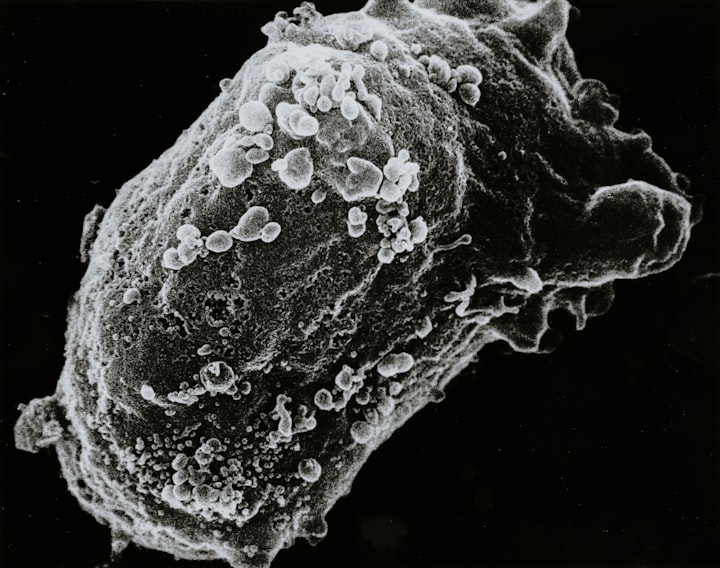Infection: Battling Against an Invisible Enemy
Infectious diseases are caused by pathogens such as bacteria, viruses, fungi, and parasites and can spread from person to person, through the environment, or through animal-to-human contact.

Infectious diseases are illnesses caused by the presence of pathogens, such as bacteria, viruses, fungi, or parasites. These pathogens are often spread through contact with an infected person, contaminated objects, contaminated food or water, or contact with animals or their environment. Infectious diseases can range from mild and self-limiting, such as a cold, to more serious and potentially life-threatening conditions, such as HIV/AIDS and malaria.
Infectious diseases can be spread through a variety of routes, including direct contact between people (through handshakes, kisses, etc.), contact with infected animals or objects, airborne transmission (through sneezing and coughing), or contact with contaminated food or water. Many infectious diseases can also be spread from mother to child during pregnancy, childbirth, or breastfeeding.
Symptoms of Infectious disease
Infectious diseases are caused by bacteria, viruses, fungi, or parasites, and can be spread through contact with an infected person or animal, or by contact with a contaminated environment. Symptoms of infectious diseases vary widely, depending on the type of infection and its severity. Common symptoms include fever, coughing, sneezing, fatigue, body aches, nausea, vomiting, diarrhea, sore throat, rashes, and swollen lymph nodes.
Fever is one of the most common symptoms of an infectious disease. Fever is the body’s way of fighting off an infection, and is usually accompanied by chills, sweats, and body aches. The fever may be low grade, or it may be high, depending on the severity of the infection.
Coughing is another common symptom of an infectious disease. It is often accompanied by phlegm or mucus, and may be either dry or productive. This type of cough is usually caused by an infection in the upper respiratory tract, such as the lungs or throat.
Sneezing is another symptom of an infectious disease, and is often accompanied by a runny or stuffy nose. Sneezing is the body’s way of clearing the airways of irritants and bacteria, and is usually caused by an infection in the sinuses.
Fatigue is a symptom of many infectious diseases, and is usually accompanied by a lack of energy, difficulty concentrating, and a general feeling of malaise. Fatigue is usually caused by an infection in the body’s lymphatic system.
Body aches and pains are another common symptom of an infectious disease. These can range from mild to severe, and can be felt throughout the body or localized to a specific area. This type of pain is usually caused by an infection in the muscles or joints.
Nausea, vomiting, and diarrhea are common symptoms of many infectious diseases. Nausea and vomiting are usually caused by a bacterial or viral infection in the digestive tract, while diarrhea is usually caused by a bacterial or viral infection in the intestines.
Sore throat is another common symptom of an infectious disease. It is usually caused by a bacterial or viral infection in the throat, and can be accompanied by swollen lymph nodes in the neck.
Rashes are a common symptom of many infectious diseases, and can range from mild to severe. Rashes are usually caused by a bacterial or viral infection in the skin, and can be itchy, raised, or painful.
Swollen lymph nodes are another symptom of an infectious disease. These are usually caused by a bacterial or viral infection in the lymphatic system, and can be felt in the neck, armpits, or groin.
These are some of the most common symptoms of an infectious disease. However, there are many more symptoms that can occur, depending on the type of infection and its severity. It is important to seek medical attention if you experience any symptoms of an infectious disease, as prompt treatment can help prevent the infection from becoming more serious.





Comments
There are no comments for this story
Be the first to respond and start the conversation.